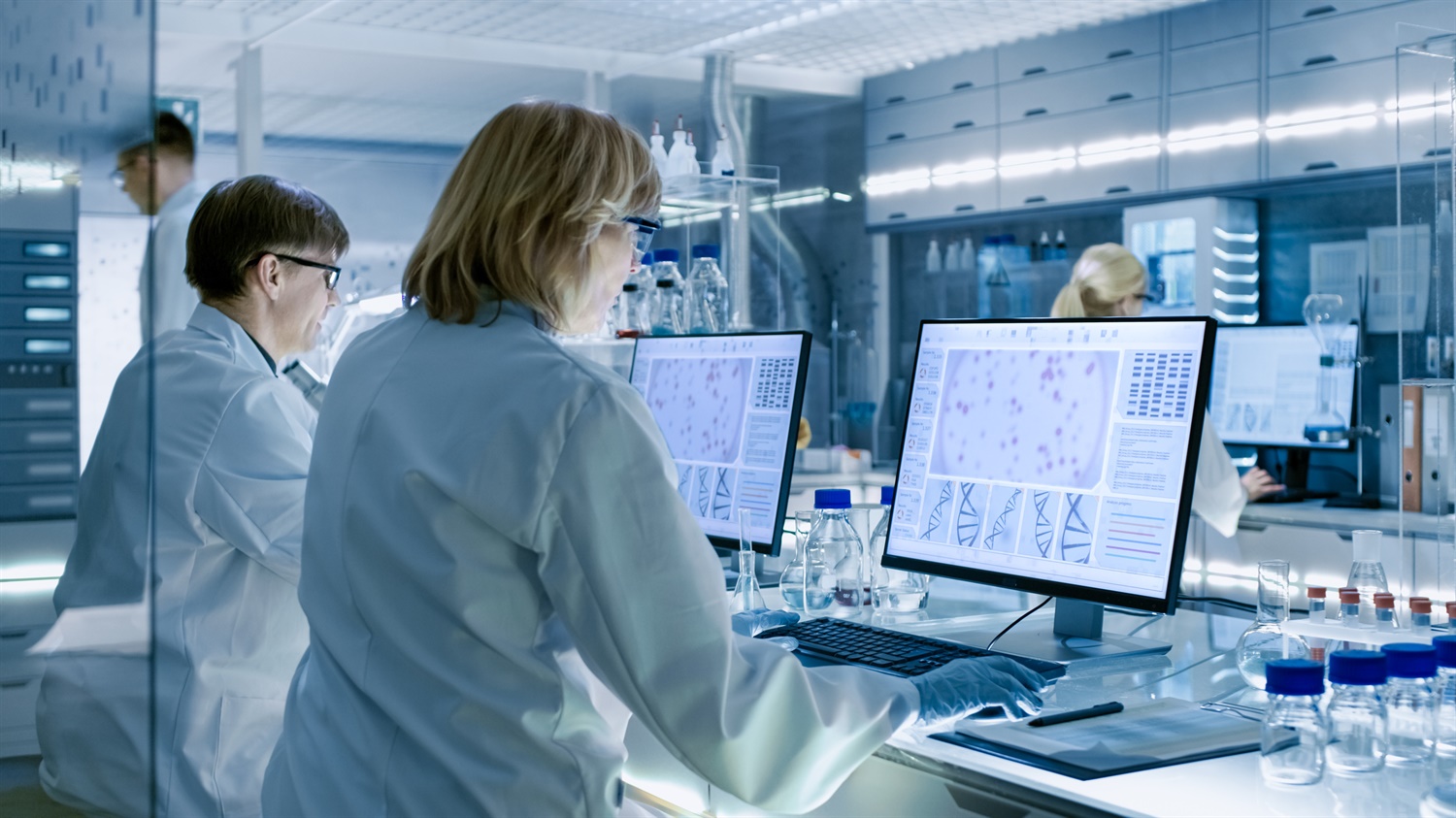25.06.20
Rare disease diagnosis improved by full genetic sequencing
Patients with rare diseases can see their diagnosis and care improved through whole genome sequencing, according to new research from the NIHR BioResource.
The results emerged from two pilots which form part of the 100,000 Genomes Project, which was set up to use powerful genetic sequencing technology within the NHS to help diagnose and treat patients with rare inherited diseases and cancer. In one example, the research demonstrated a genetic diagnosis for early loss of vision in around 60% of patients.
In the UK alone, more than three million people have a rare disease.
In response, the NIHR BioResource created a network of 57 NHS hospitals with a focus of care for patients with rare diseases. Nearly 1,000 doctors and nurses working at these hospitals asked their patients and some parents of affected children to join the NIHR BioResource whole-genome sequencing project.
Researchers set out to decode all the 3.2 billion DNA letters for each patient, instead of the usual practice of reading just a small fraction of the genetic code. Doing so allowed them to explore the ‘switches and dimmers’ – regulatory elements in DNA that control the activity of the thousands of genes, which are passed down by parents to their children.
Professor Willem Ouwehand, Professor of Experimental Haematology at the University of Cambridge, the NIHR Research BioResource and NHS Blood and Transplant Principal Investigator, said: “Around 40,000 children are born each year with a rare inherited disease in the UK alone. Sadly, it takes more than two years, on average, for them to be diagnosed.
“We felt it was vital to shorten this odyssey for patients and parents. This research shows that quicker and better genetic diagnosis will be possible for more NHS patients.”

Researchers set out to decode all the 3.2 billion DNA letters for each patient, instead of the usual practice of reading just a small fraction of the genetic code
The first study sequenced the entire genomes of almost 10,000 NHS patients who had rare diseases. Analysing more than 172 million genetic variants, many of which were previously undiscovered, the team looked to find the genetic changes that were the cause of each patient’s condition. They examined 15 disease groups, looking at rare conditions that affect particular tissues such as the brain, eyes, blood and the immune system.
The researchers identified 95 genes associated with rare diseases in these tissues. For at least 79 of these diseases, variants in the genes were shown to definitively cause the disease.
In the second study, researchers looked at 886 patients with primary immunodeficiency, which affects the ability to fight infections caused by microbes. The analysis identified four new genetic associations linked with this condition.
Dr Ernest Turro, from the University of Cambridge and the NIHR BioResource, said: “We have shown that sequencing the whole genomes of patients with rare diseases routinely within a health system provides a more rapid and sensitive diagnostic service to patients than the previous fragmentary approach, and, simultaneously, it enhances genetics research for the future benefit of patients still waiting for a diagnosis.
"Thanks to the contributions of hundreds of physicians and researchers across the UK and abroad, we were able to study patients in sufficient numbers to identify the causes of even very rare diseases.”
The UK government announced the NHS would offer whole-genome analysis for all seriously ill children with a suspected genetic disorder, including those with cancer, back in October 2018. Nationally, whole-genome sequencing will be phased in for the diagnosis of rare diseases as the ‘standard of care’ ensuring equivalent care across the country.
The benefits can include reduced diagnostic journeys for patients, reduced costs for providers, improved understanding for patients and carers and improved provision of treatment.